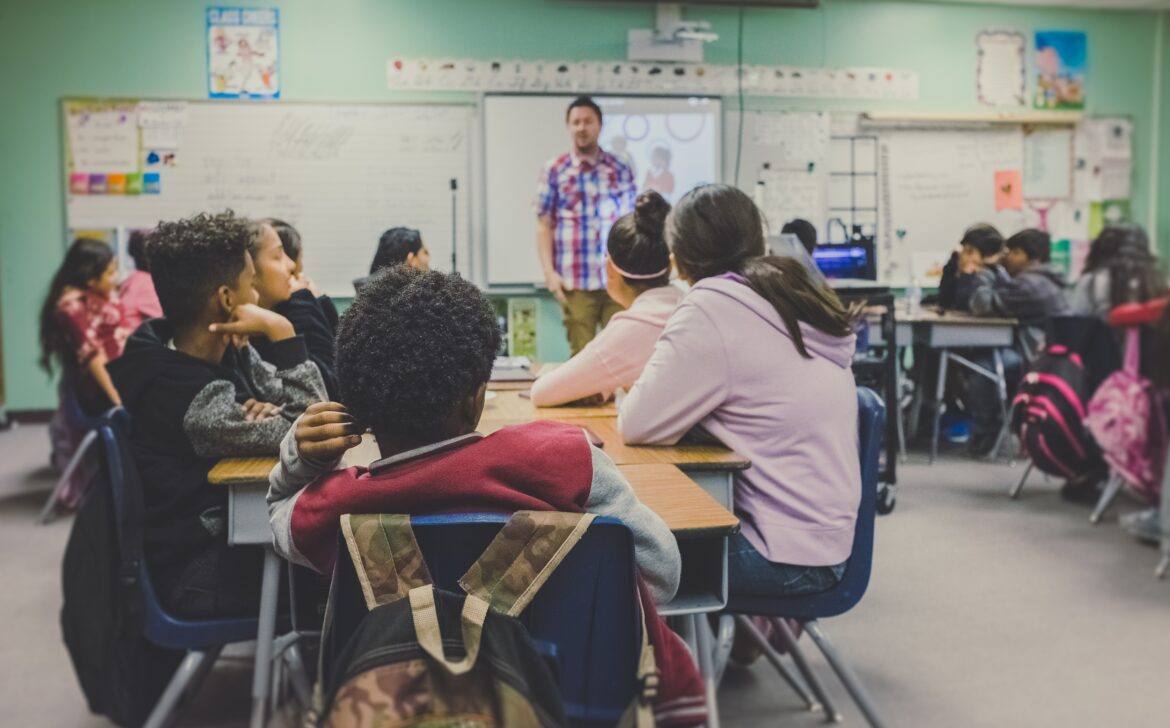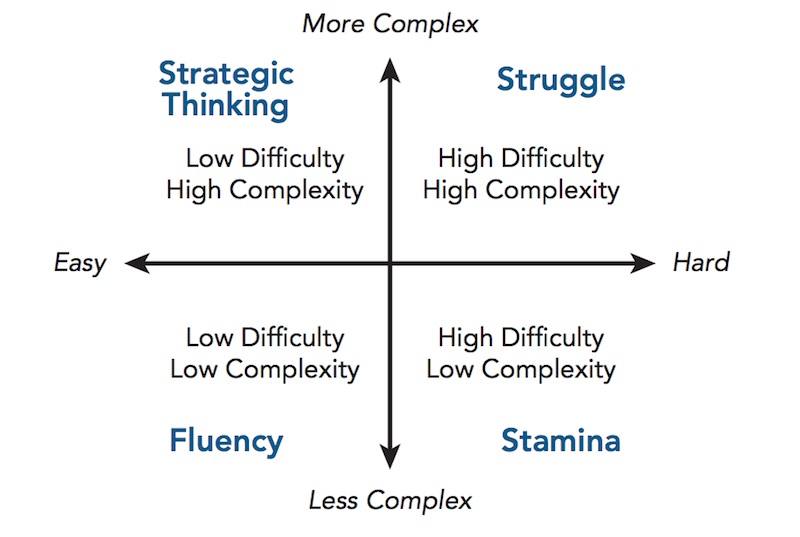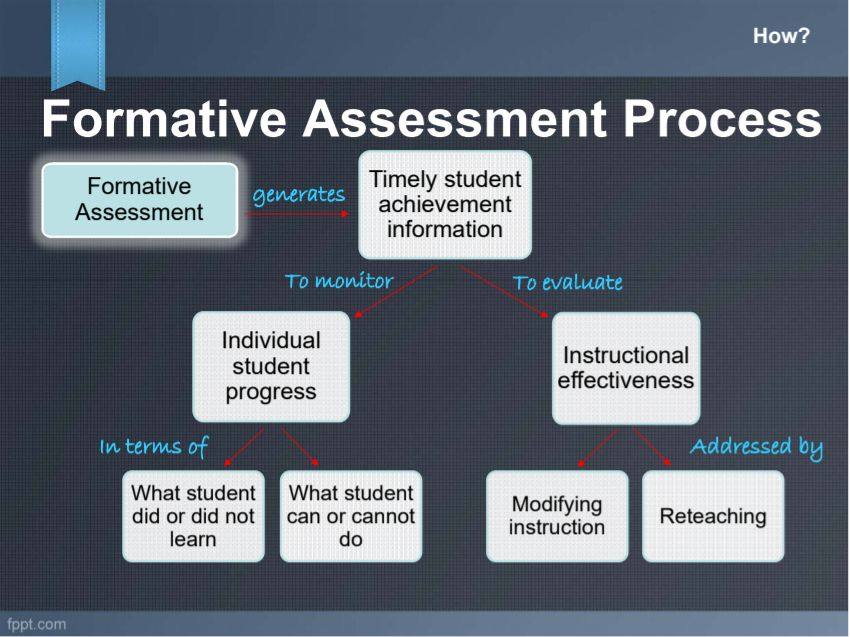Are you an instructional coach supporting teachers with instruction or technology questions? You may find this collection of tips and resources worth pondering for next year.
The First Obstacle
When you look at the number one obstacle to encouraging change, it isn’t the technology you use. It’s whether the people you want to see adopt the technology do so. Why don’t they do it the first time you ask? Perhaps there is work to do on building a relationship. For some, building a relationship is harder than for others. For those folks for whom the relationship is the first obstacle, you have to be deliberate.
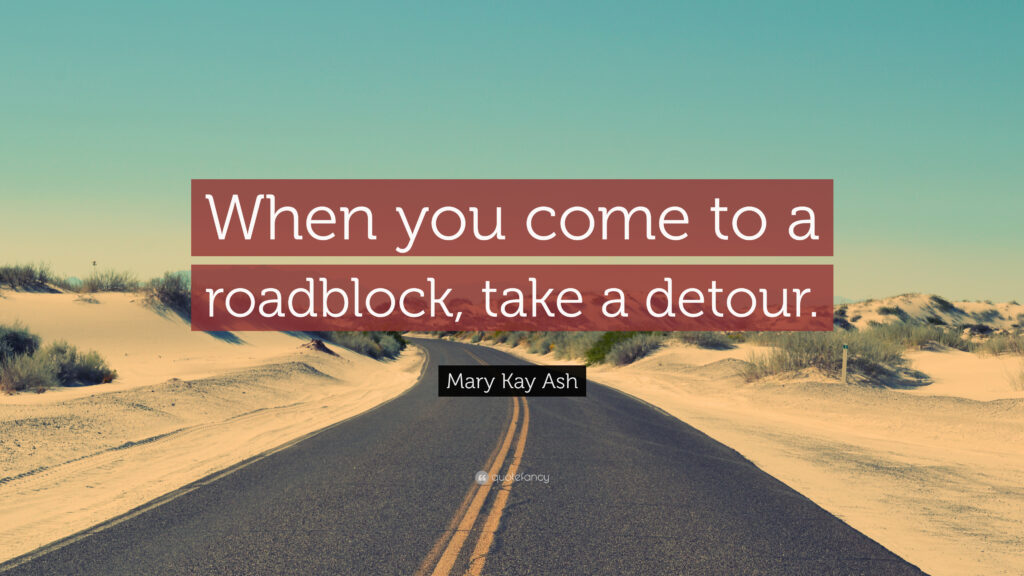
Let’s explore what actions you can take in a grab bag of ideas curated from online forums and blogs. I hope you find them useful. Lauren S. inspired this article when she asked (edited for length and readability):
I’m an instructional specialist serving approximately 120 teachers in 2 buildings. My primary focus is language arts and social studies. I’m available and willing to help any teacher with anything related to instruction and/or ed tech. The most important part of this job is building relationships with teachers. While I have made some progress, I still feel like a lot of teachers are afraid to come to me or see me as evaluative….
How have you built trust and positive relationships with your teachers?
Finding a Way to Build Relationships
Since teachers and students are human beings, building relationships is the first obstacle. We’ll look at three detours inspired by Lauren S. to build relationships that you can use with teachers. Many of us already rely on social-emotional learning (SEL) with students. What can we do with adult learners?
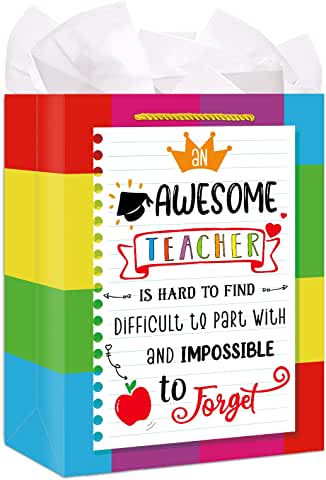
Image Source: Teacher Gift Bag
Detour #1: School Goody Bags
When Liza put the decorated jar of candies and goodies in my hand, I was a bit surprised. The glittery surface of the mason jar, the bedazzled metal lid, the gold ribbon were a bit much for me. But I still felt a moment of appreciation for her effort. Lauren says that this is one of her go-to habits, providing school goody bags with a letter. The letter explains how she can work with them.

Image Source: Teacher Survival Kit
Every year, my wife would give her students a goody bag with toys and candy. Whenever I went to a birthday celebration, for as long as I can remember, goody bags were a way to say, “Thanks for coming!” I can definitely see packing instructional strategies and tips and tricks for teaching in a bag to start out. But focus more on simply building a relationship than advocating for how you can provide assistance.
Here are some places to see some ideas about school goody bags:
- Amazon has a great collection of teacher gift bags.
- Etsy offers teacher goody bags and ideas for inspiration
- Pinterest collections share 240+ Goodie Bag/Teacher/Gift ideas
- Teacher Gift Basket Ideas are a nice variation
What else could you do besides giving stuff to teachers at your schools?
Detour #2: Hot Topic Professional Learning
As an instructional specialist on a K-6 campus, providing just-in-time professional learning made for a long day. Even when teachers showed up (always three or four) for a thirty-minute session, all plopped down in chairs, bone-tired. Teaching is hard work, and learning is as well. How do you get past that?
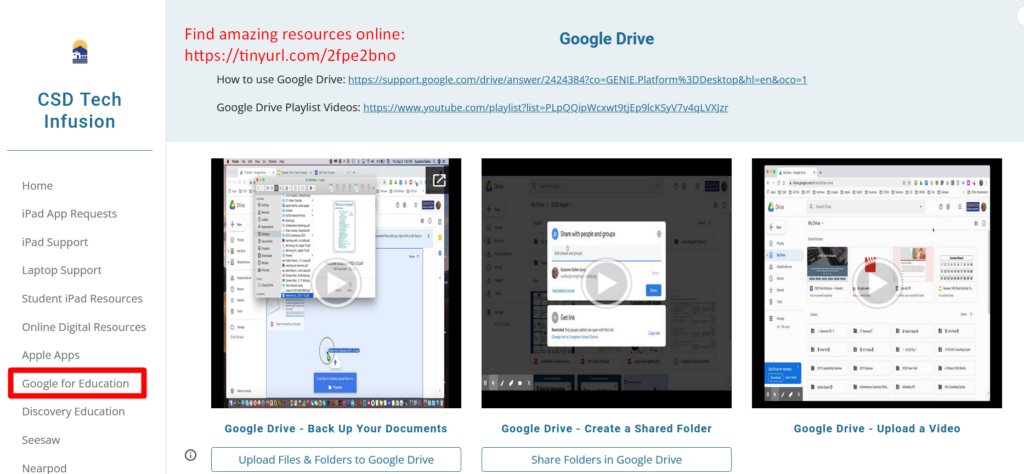
Finding the answer to that question is what propelled me into technology. Later, as an instructional technology director, I thought that recording short video lessons (see one example above) and then posting them worked. And, it did. I received emails from people who said, “This was sooo helpful to me! Thank you.”
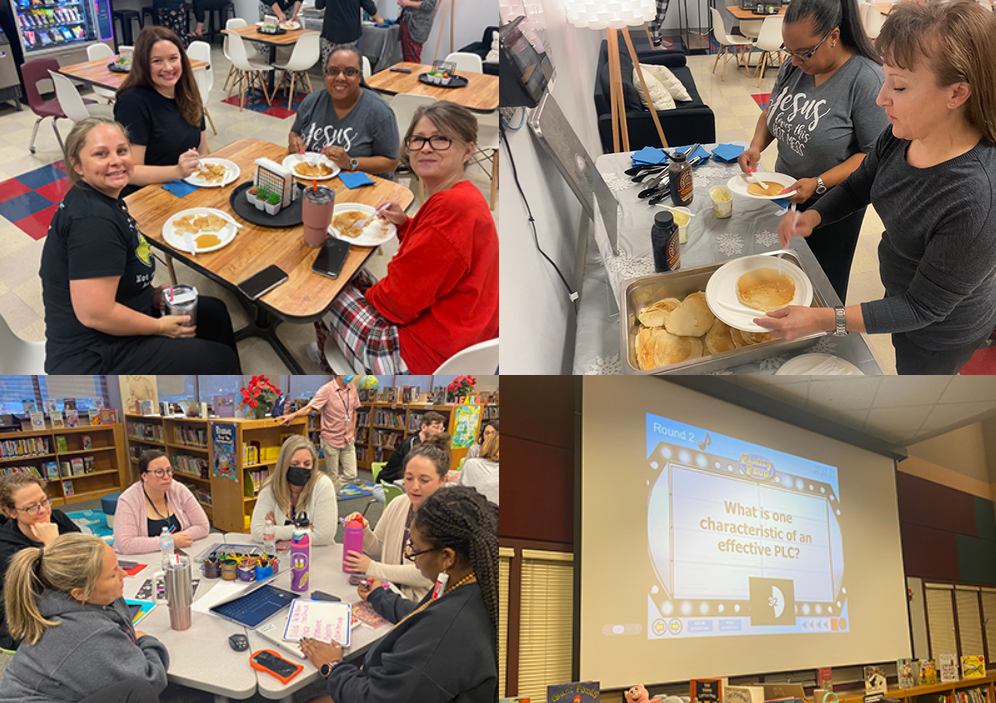
Image Source: NorthEast ISD
Today, YouTube videos on every subject abound. Online professional development, micro-learning, and micro-credentials all work well. “PD in Pajamas,” the mantra of Simple K-12, sticks with so many of us today. Even my old school district, where I served as an Instructional Technology Director, is doing it:
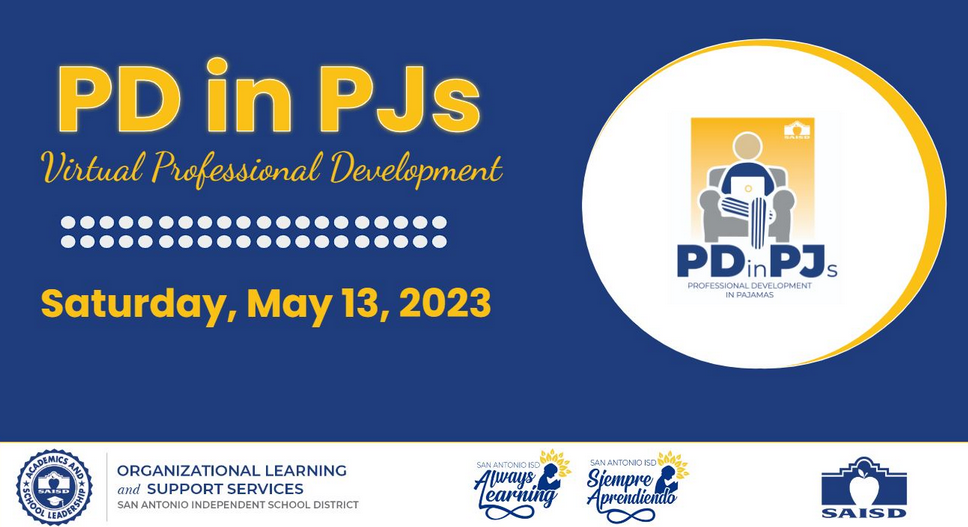
Image Source: San Antonio ISD
Many school districts have launched their own PD in Pajamas efforts. With 2019 behind us, any teacher still standing became an expert in learning on the fly, watching videos when needed.
Did You Know?
TCEA offers a wealth of free professional learning, PD you choose, via recorded Lunch and Learn livestreams. You can also sign up for $39 online, self-paced courses that show you enough to try it on your own.
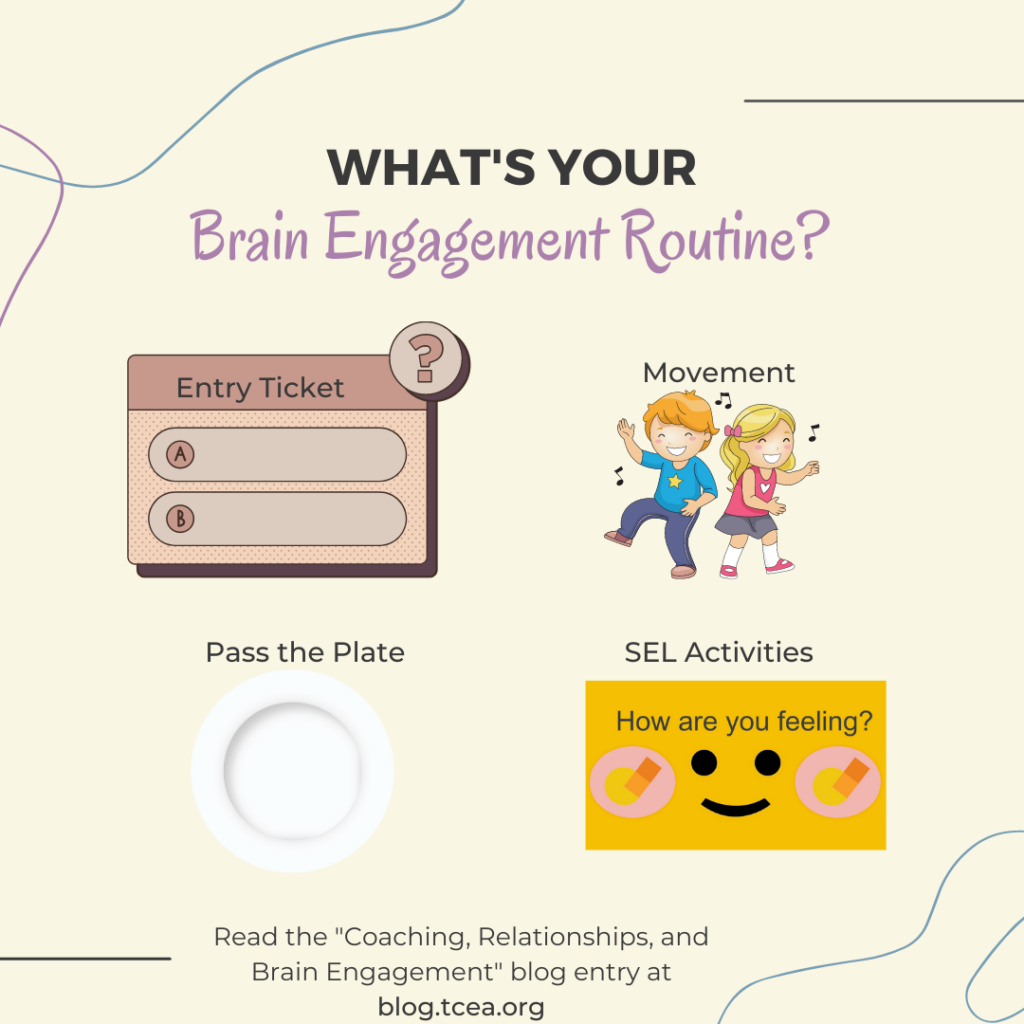
Activities Mentioned: See the end of this article for more details and resources.
Detour #3: Optional Brain Engagement Activities with Prizes
Want to get anyone excited about learning? Offer OPTIONAL professional learning with brain engagement activities that include prizes. Bingo and choice boards aren’t a bad way to do this. You can find Canva templates for choice boards and bingo games online, as well as Google Slides.
Here are two examples of templates you can take and make with:
- Choice board templates
- Create interactive learning with a choice board
- Wakelet choice boards
- Bingo templates, such as Chromebook Skills, Google Drive Bingo, Game Show
Additional Relationship-Building Ideas:
Those are three ideas that Lauren S. suggested. Others responded with more tips for building coach-to-teacher relationships. Here is a list of what they suggested to Lauren:
- Provide examples of what a resource would look like. Include digital copies of templates.
- Host “Bite-Sized PD” sessions that are short and include a snack.
- Show gratitude through emails, notes, and hallway hug-n-chat
- Play games with teachers to build relationships and teaching skills.
- Create a “Warrior of the Month” Google form. Use it to enable teachers to recognize their colleagues and earn a $10 gift card.
- Put in place a student-focused coaching model (ala Diane Sweeney)
- Have Coffee with Coaches time to brainstorm and dialogue
Special thanks to Lauren S, Caitlin, C., Kaysie W., Kittie B., Sonia G. for sharing their insights via the Gold EDU group.
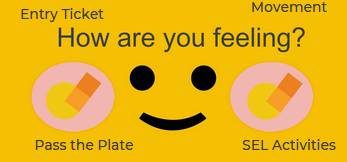
More on Brain Engagement Activities
These are four of a huge list of great ideas for brain engagement. Give these a try:
Entry ticket. You may already know about entry and exit tickets. Entry tickets force students to retrieve information about a previous lesson. This act of retrieval ensures students retain information for a longer time. Get examples of Bell Ringers.
Pass the Plate. This dopamine-raising, brainstorming activity relies on a group of four students. They pass a paper plate between them, stopping at each person to write his/her idea down. When done, students share what they came up with. Learn more about this.
Movement. This norepinephrine-increasing activity helps focus student attention. Use activities like Stand Up, Hand Up, Pair Up, or Pair and Share. In this way, students increase their focus and engagement. Find a wealth of ideas online.
Social and Emotional Learning (SEL). Building positive relationships with students engages the brain. What’s more, SEL activities ensure students will listen to you and not turn their brain to more important matters. Explore SEL activities.

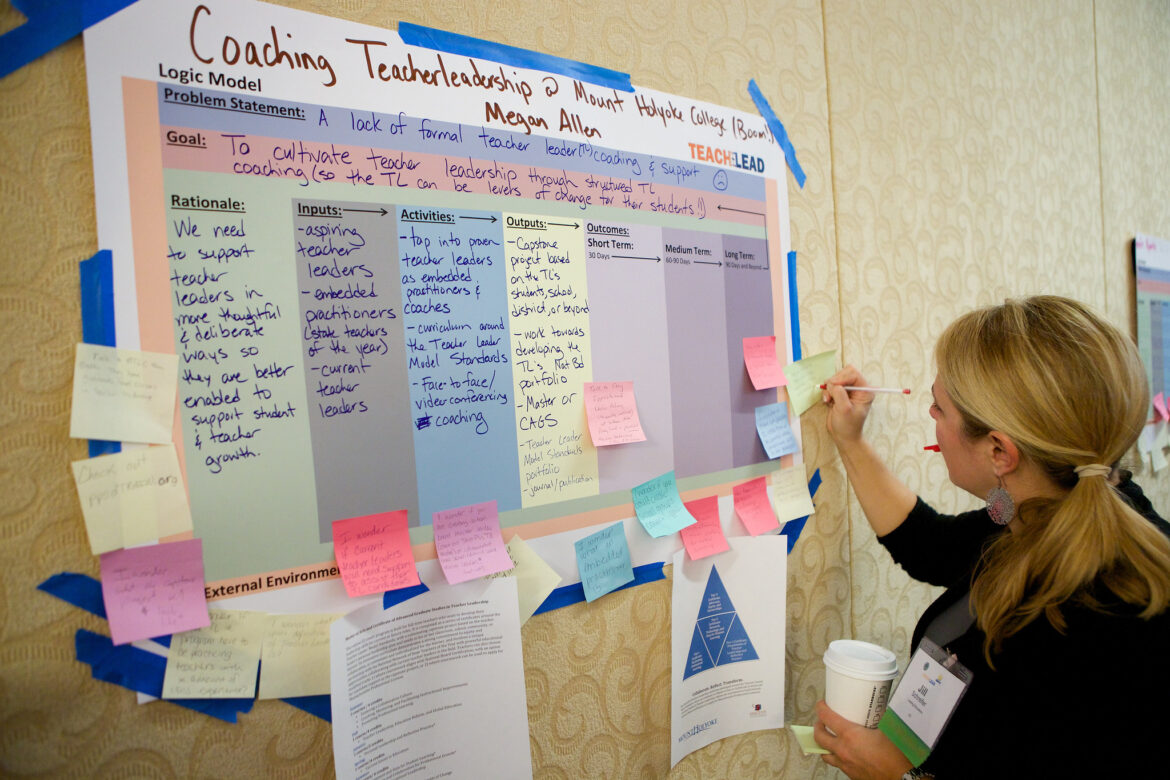

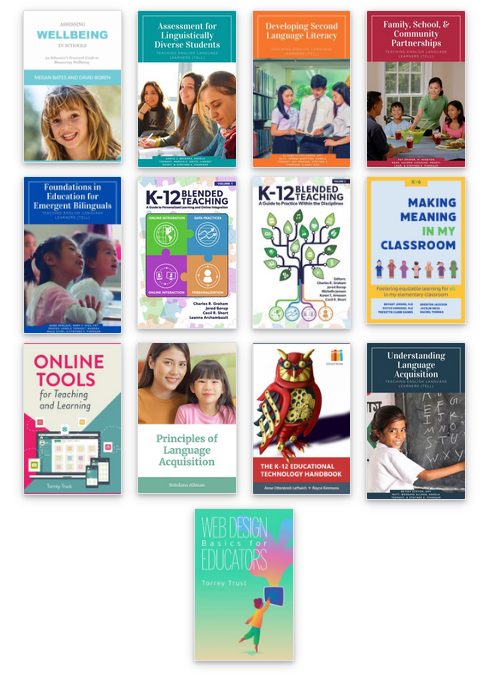

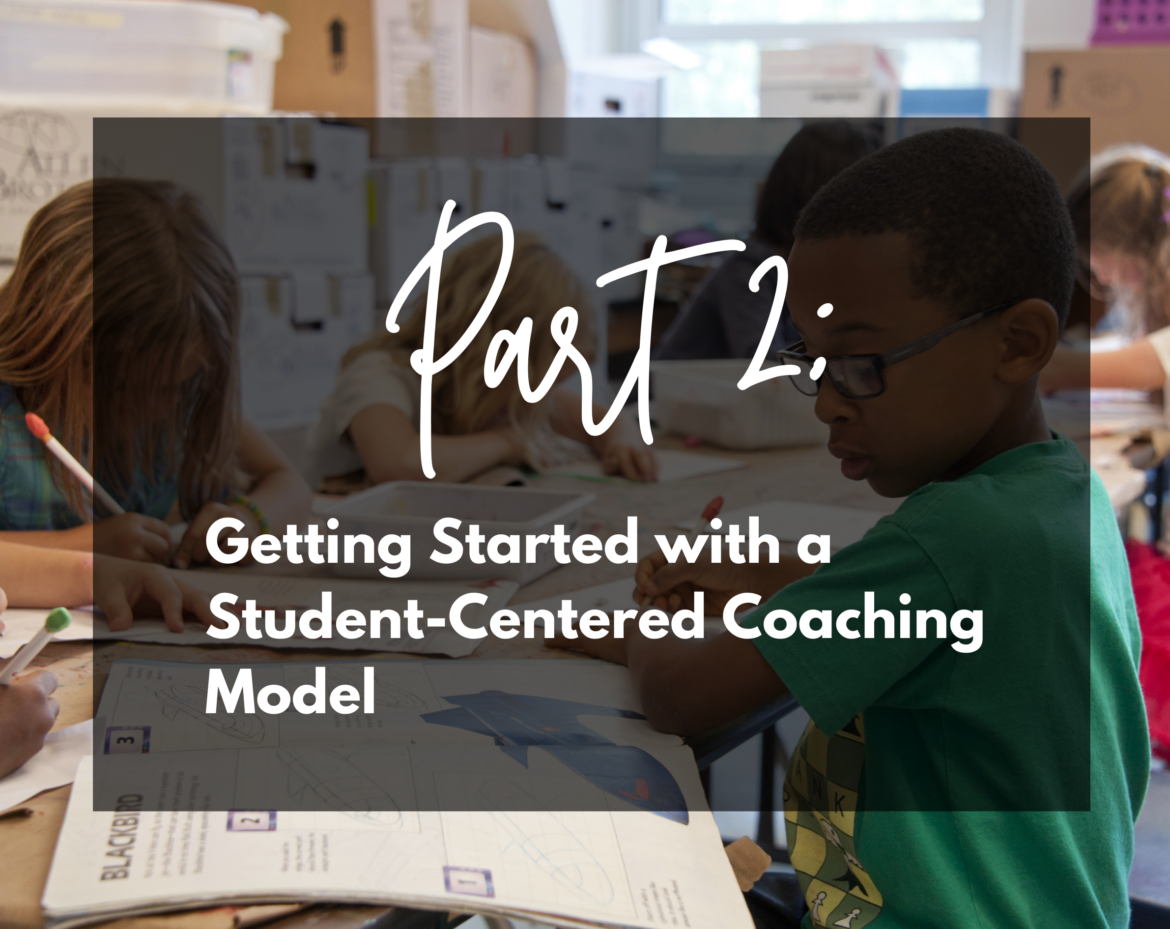

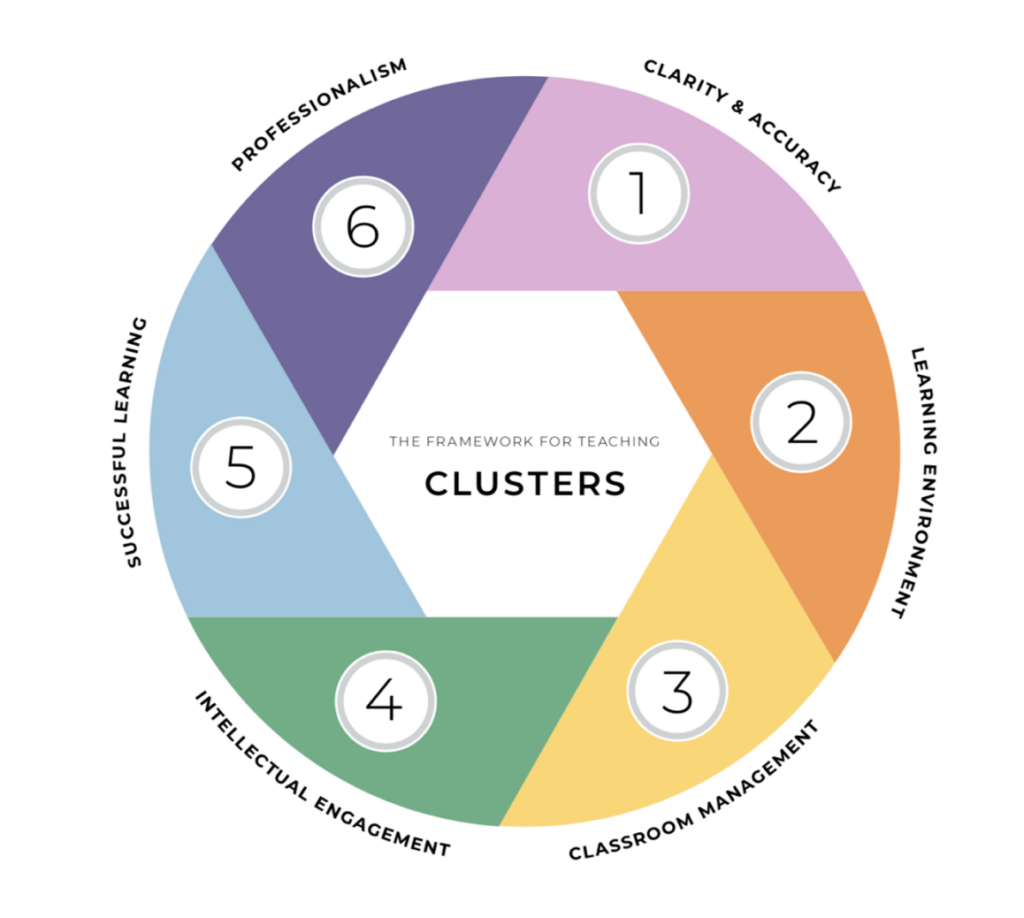
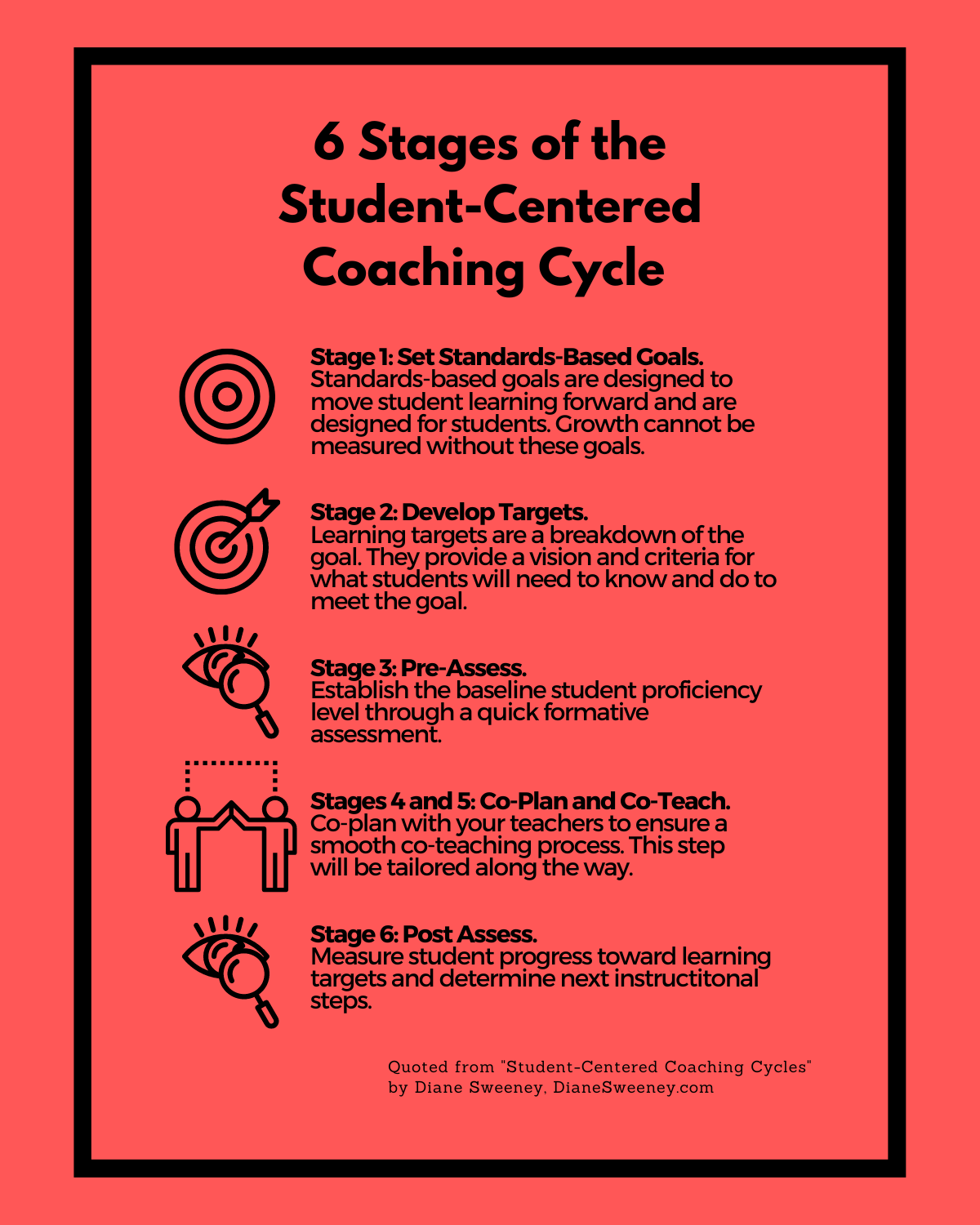
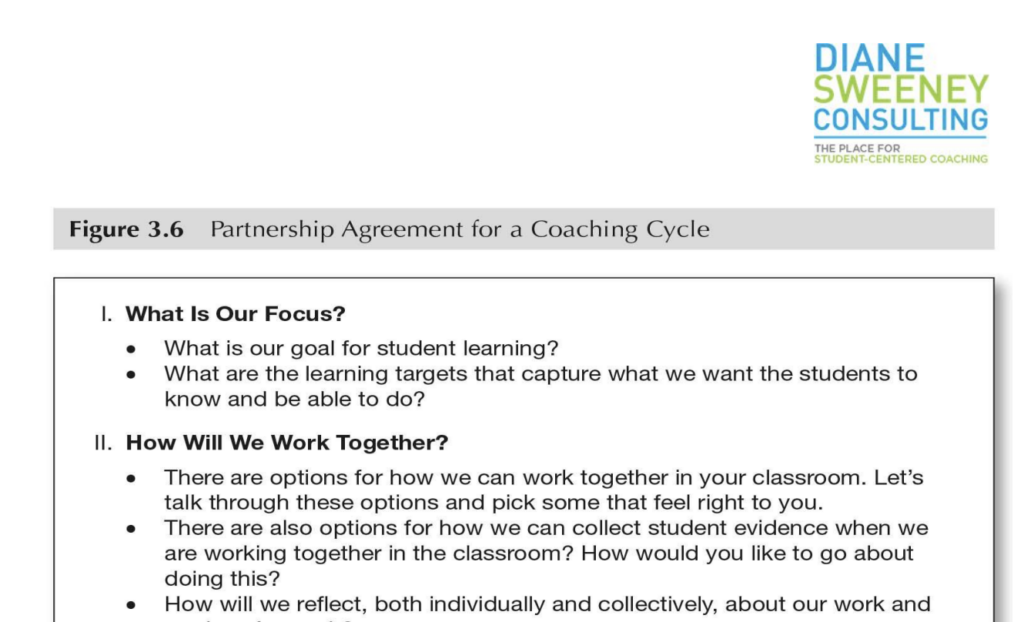
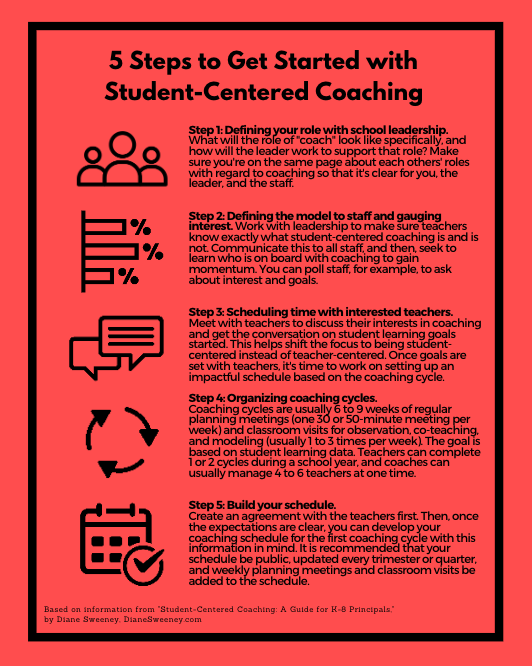

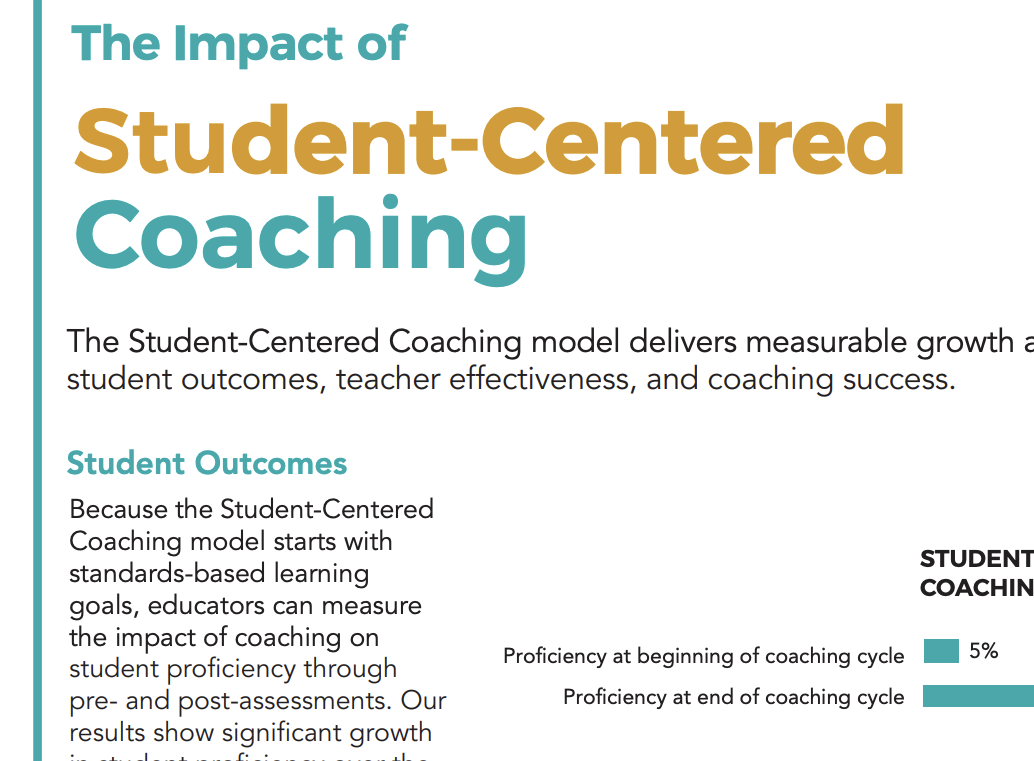
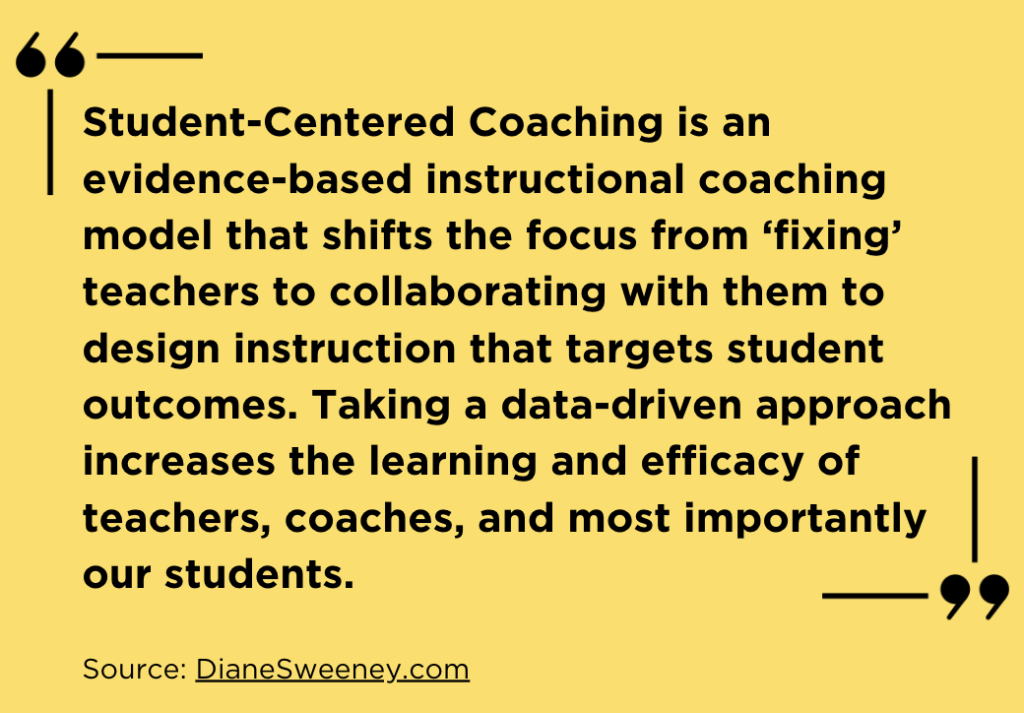
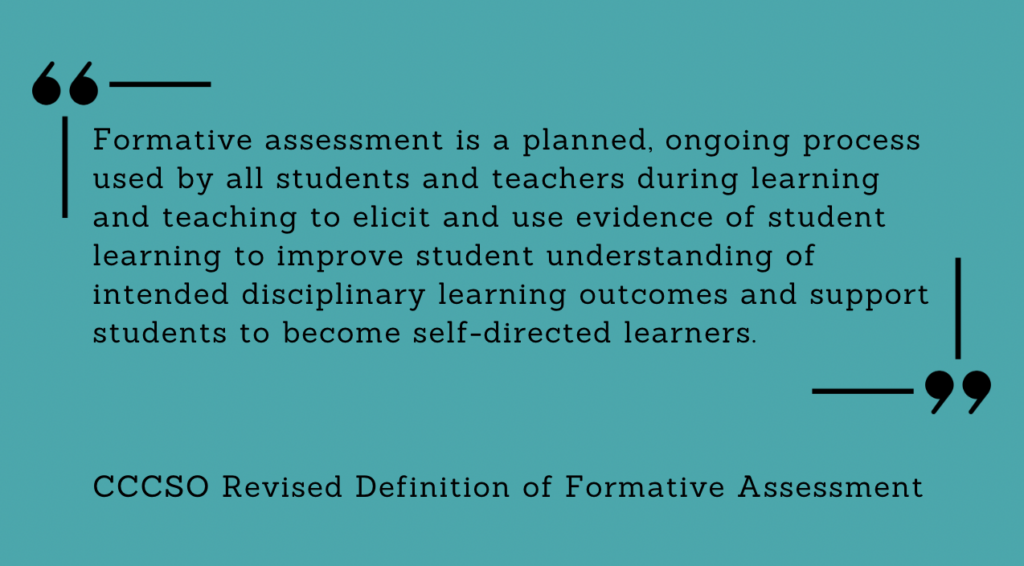
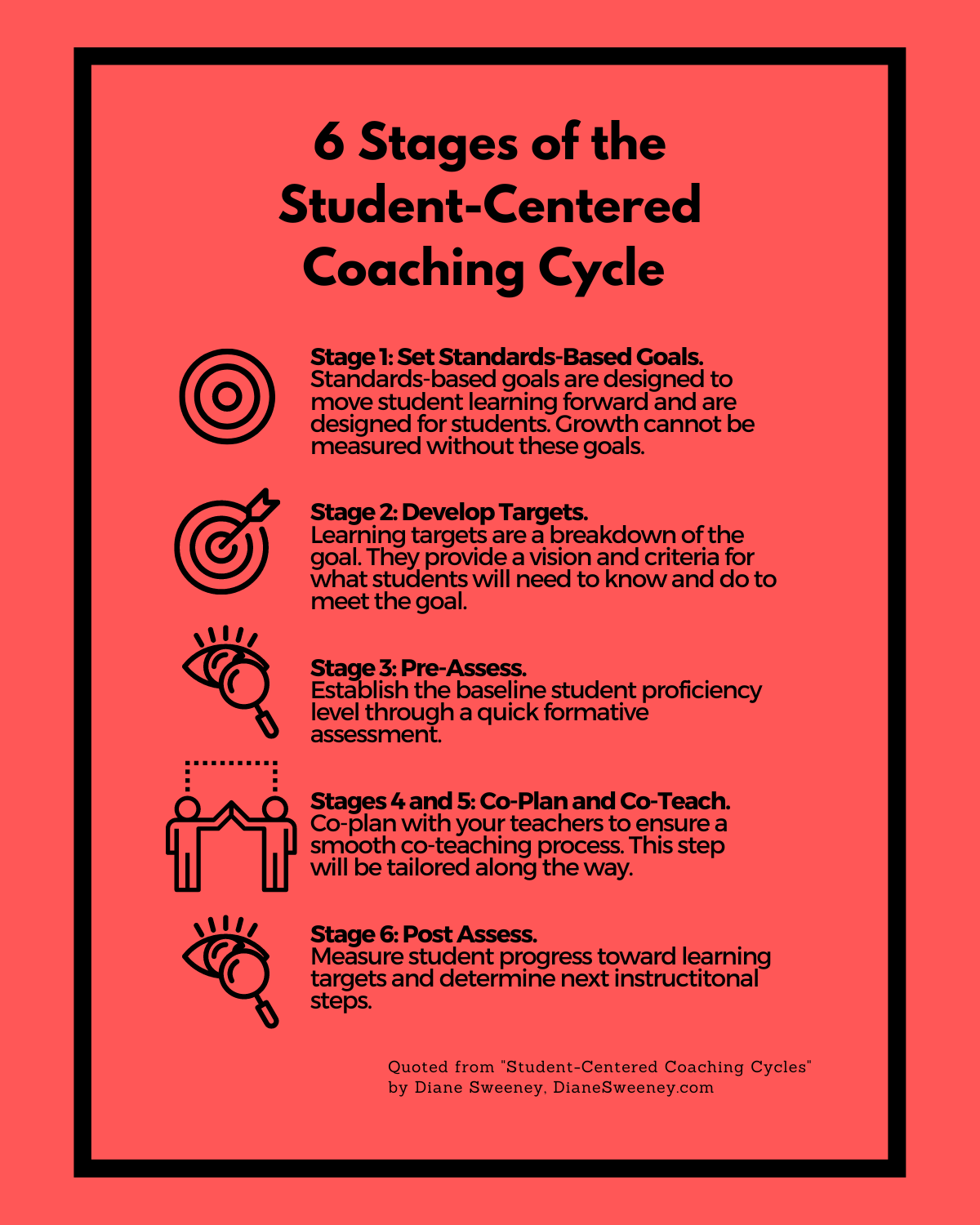
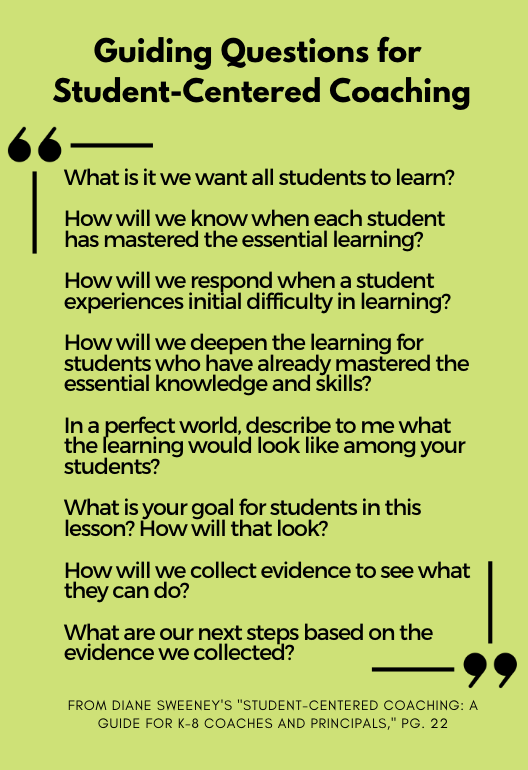

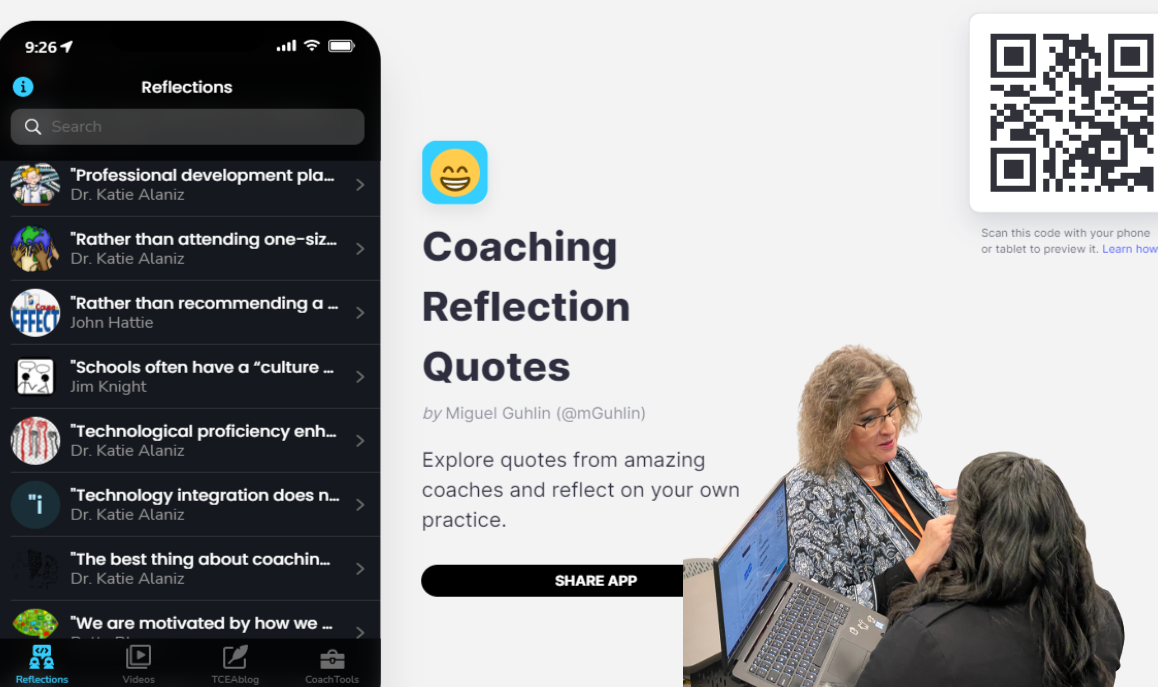
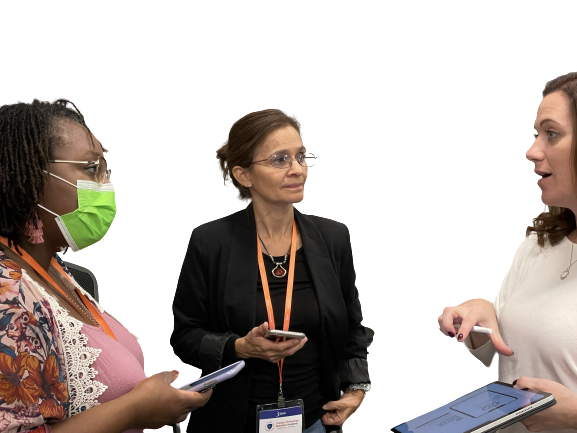
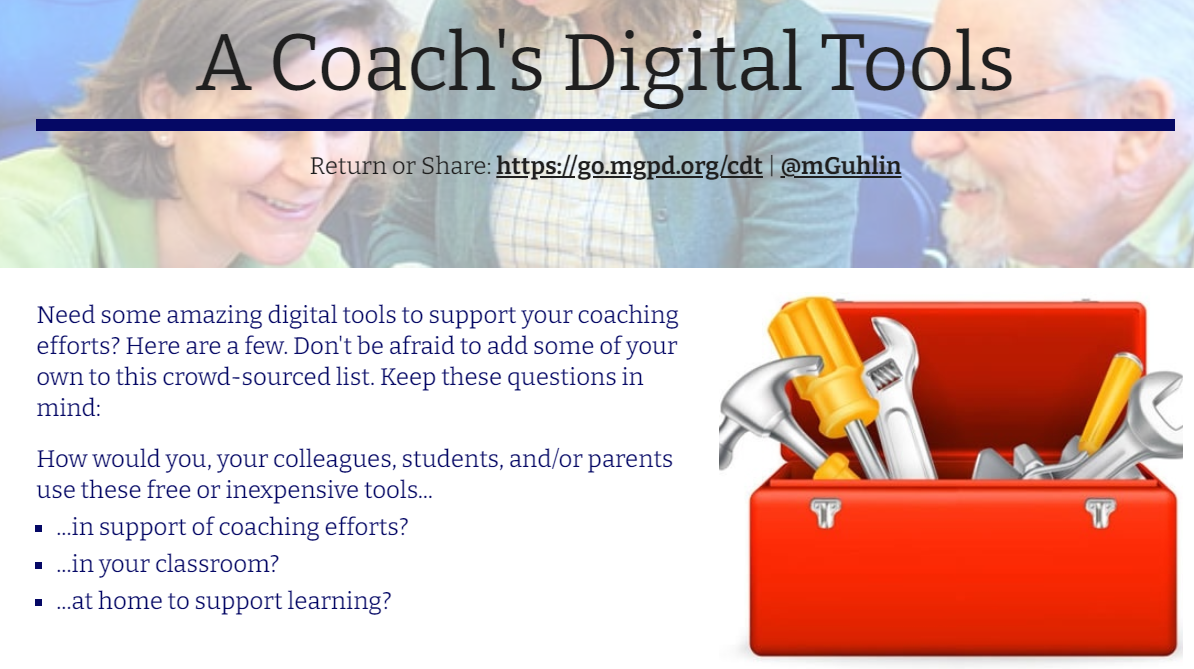
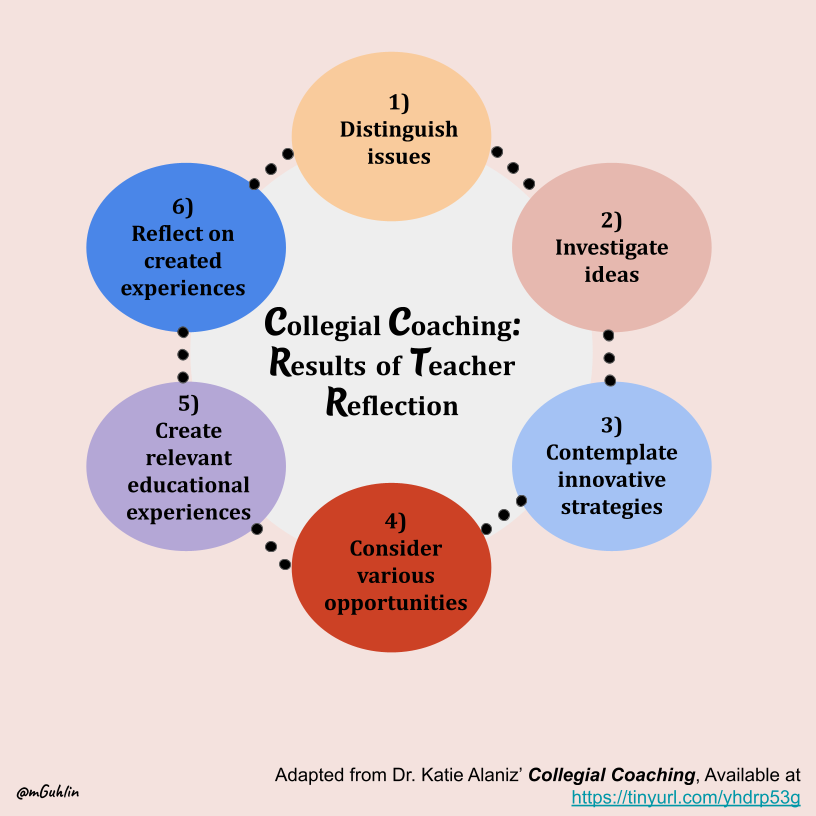
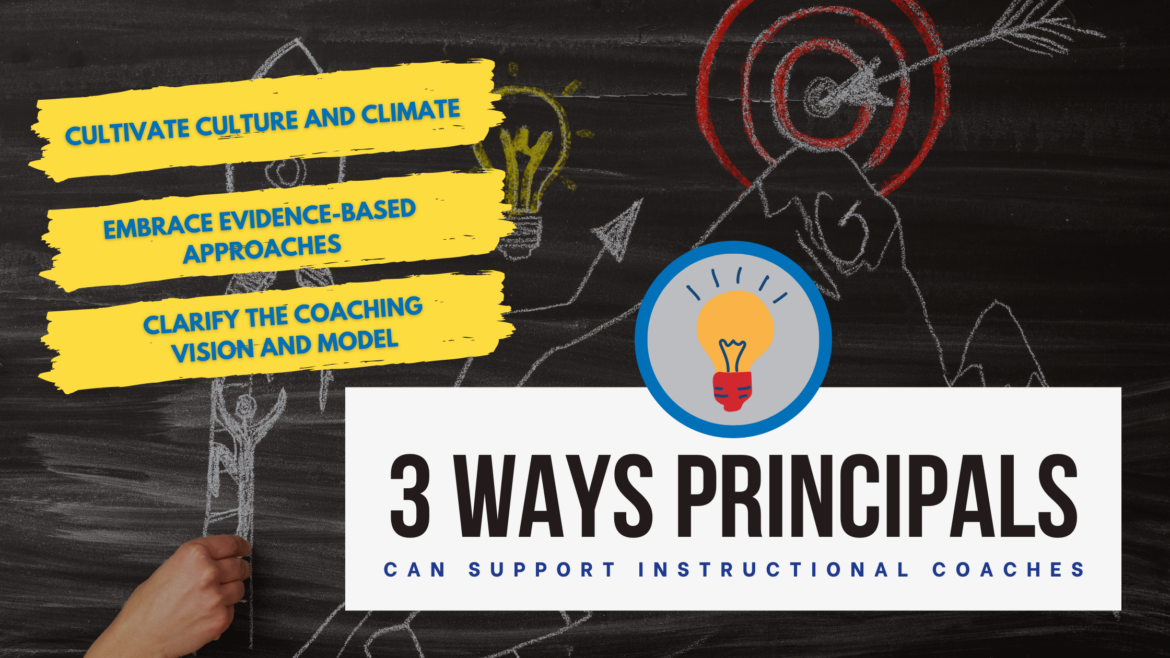
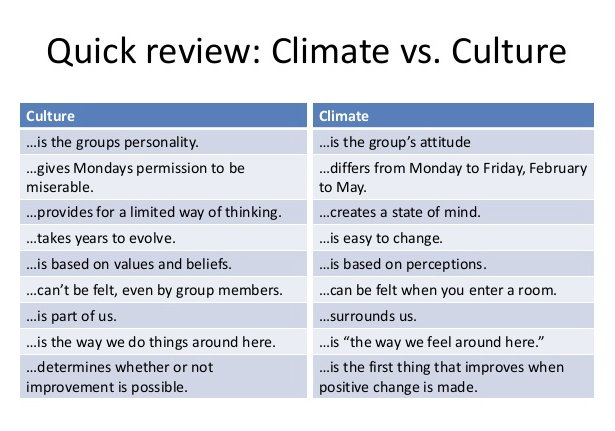


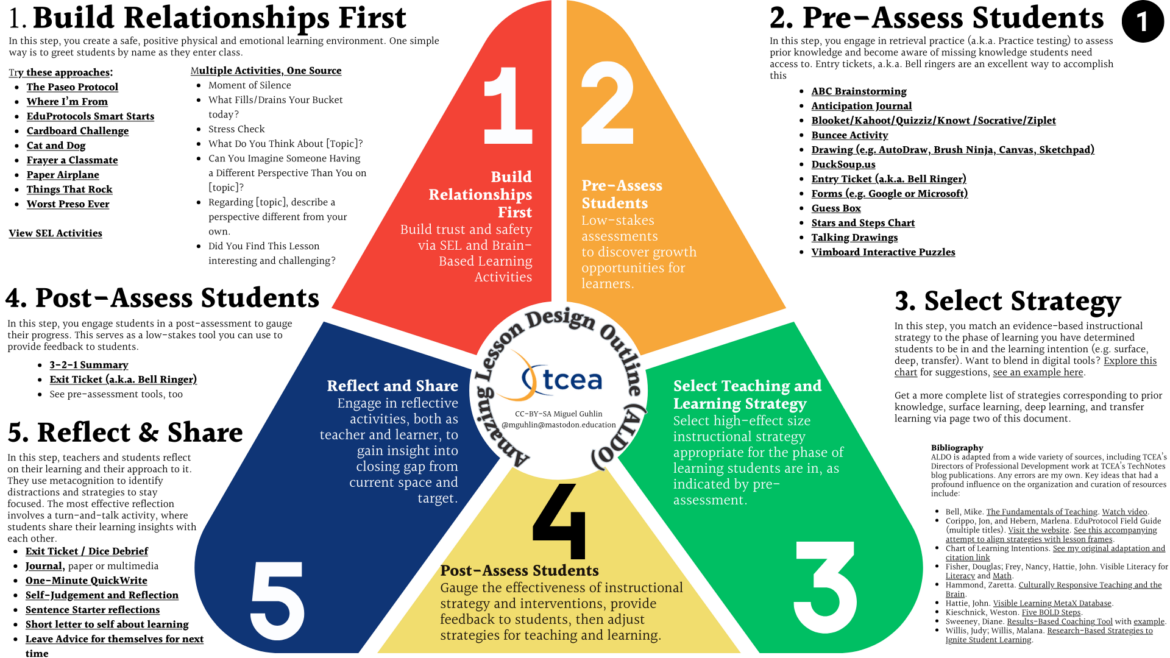
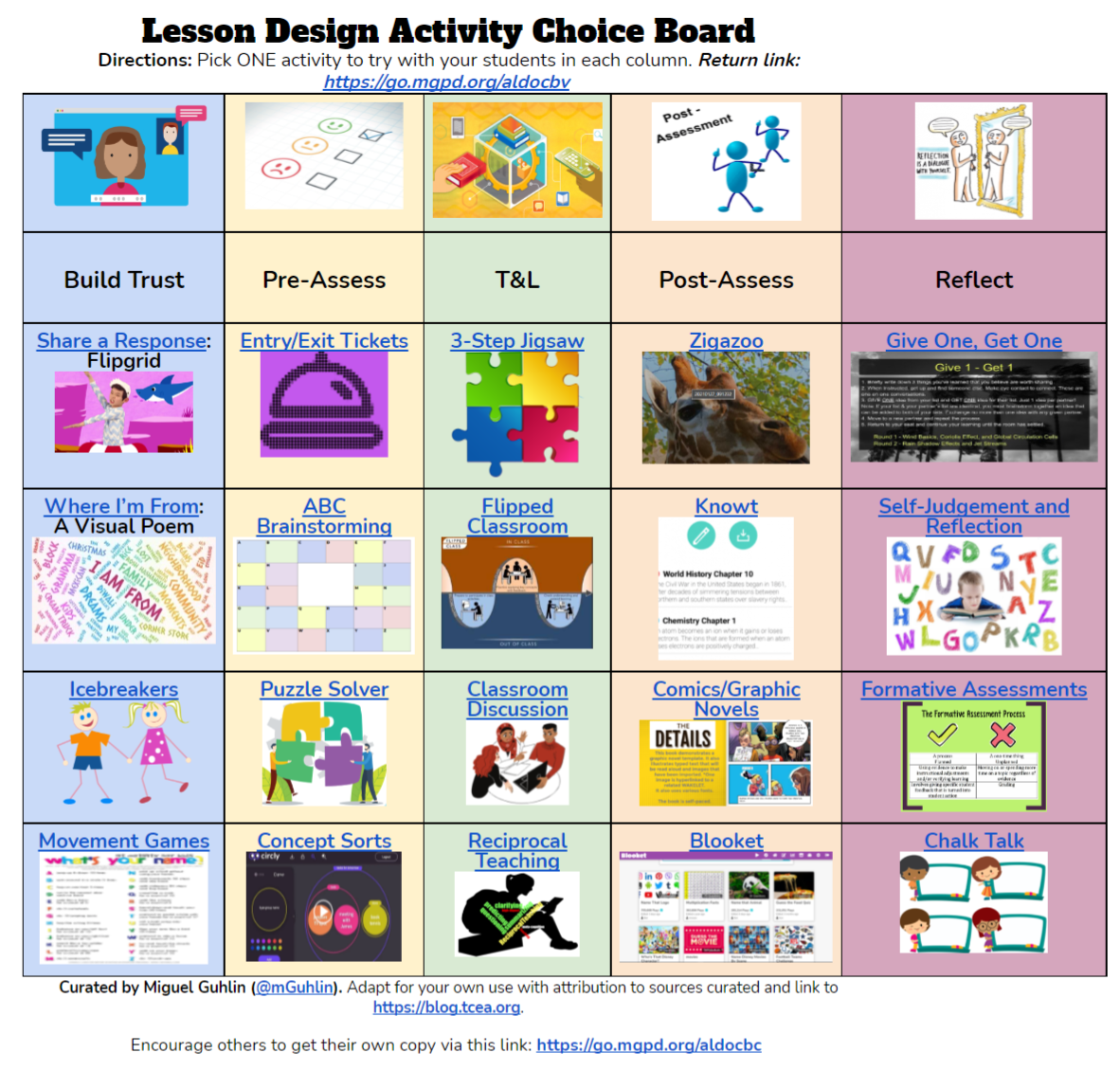
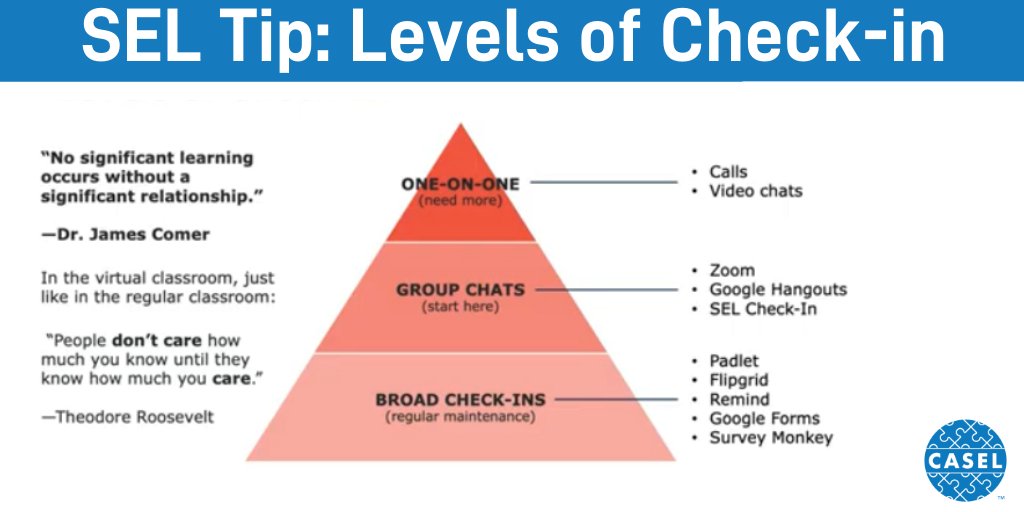
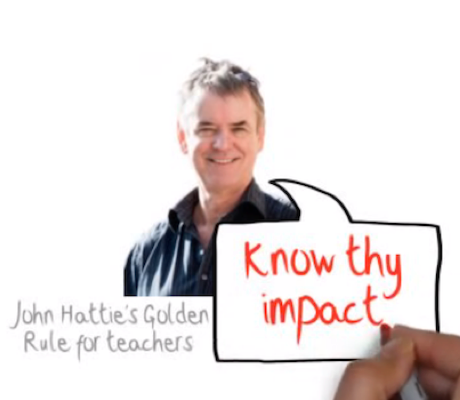
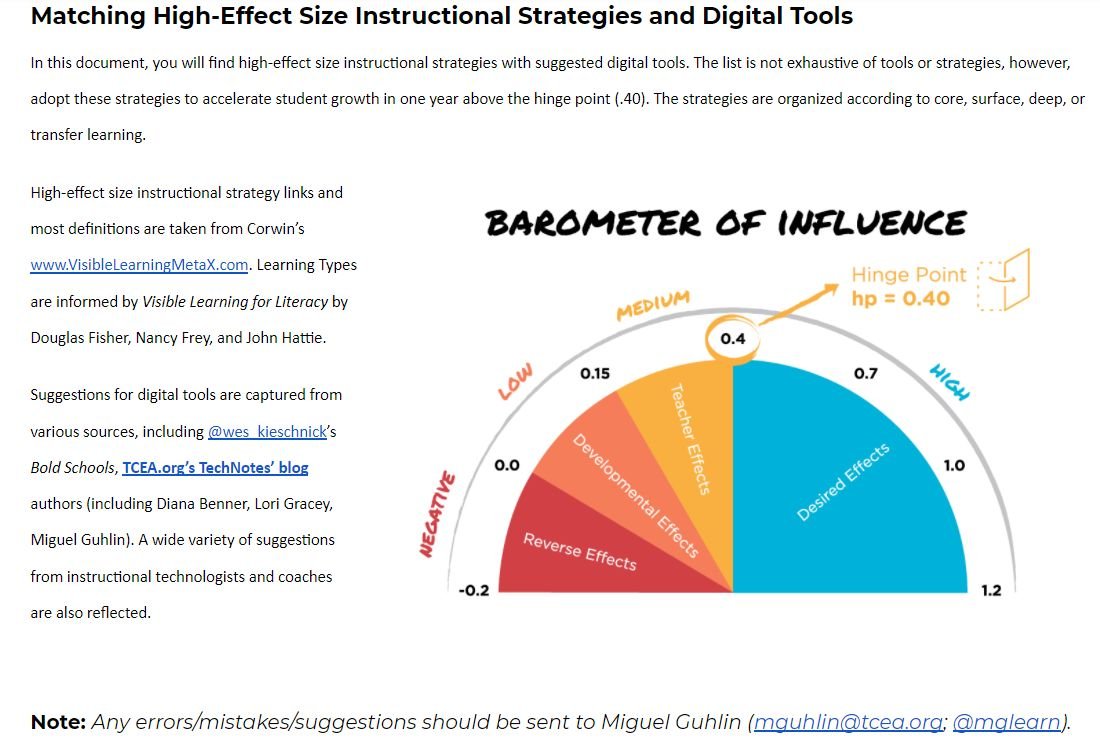

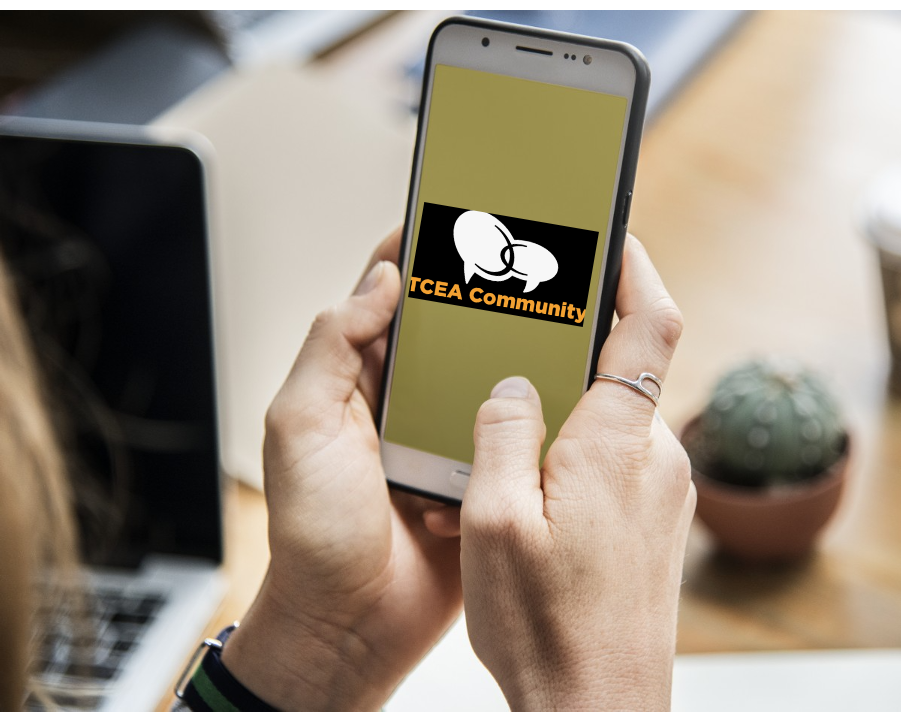 A Cry for Help: I Can’t Form an Online Community
A Cry for Help: I Can’t Form an Online Community


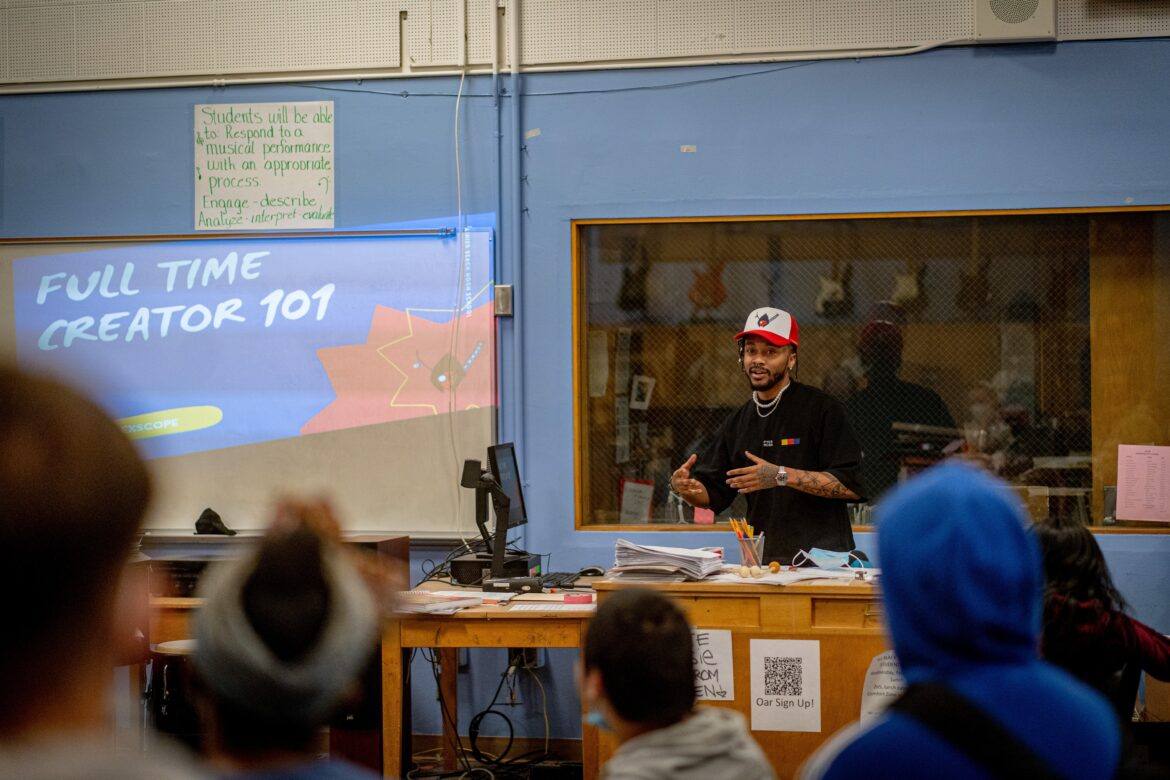
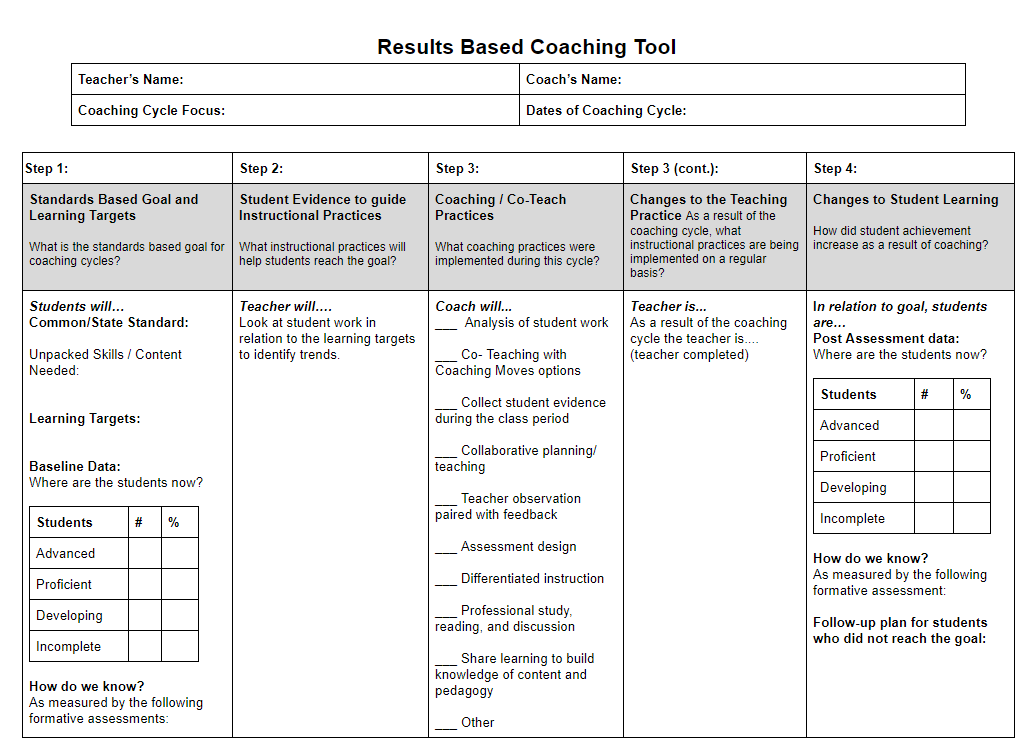 Conversations and dialogue are at the heart of just-in-time coaching. Actions, which serve as the foundation of relationship building, must involve reflection. Fears and insecurities about how a teacher facilitated a lesson must surface. Putting a focus on teaching and learning and on student growth centers those conversations.
Conversations and dialogue are at the heart of just-in-time coaching. Actions, which serve as the foundation of relationship building, must involve reflection. Fears and insecurities about how a teacher facilitated a lesson must surface. Putting a focus on teaching and learning and on student growth centers those conversations.
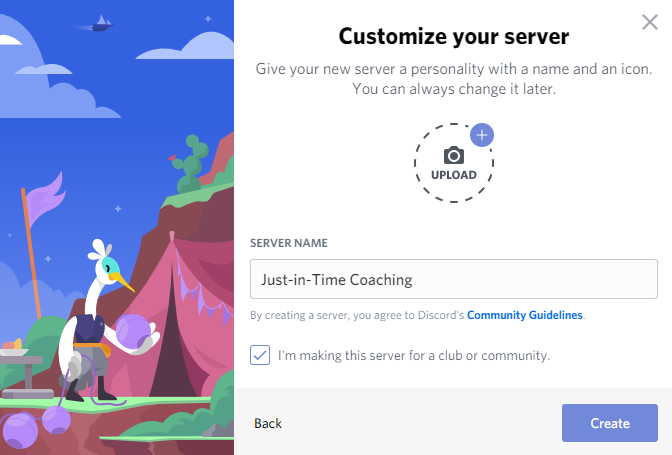
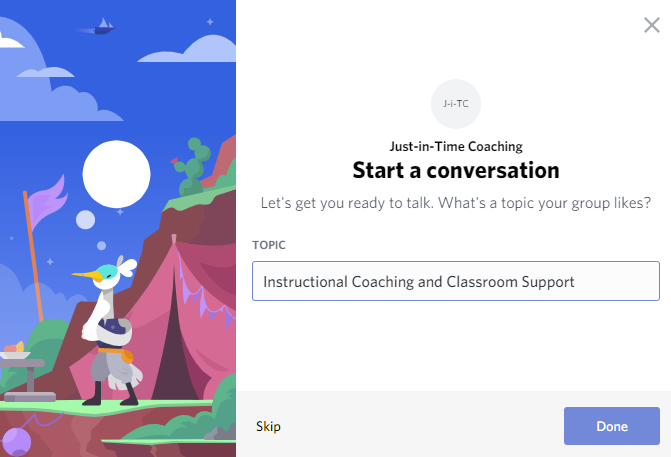

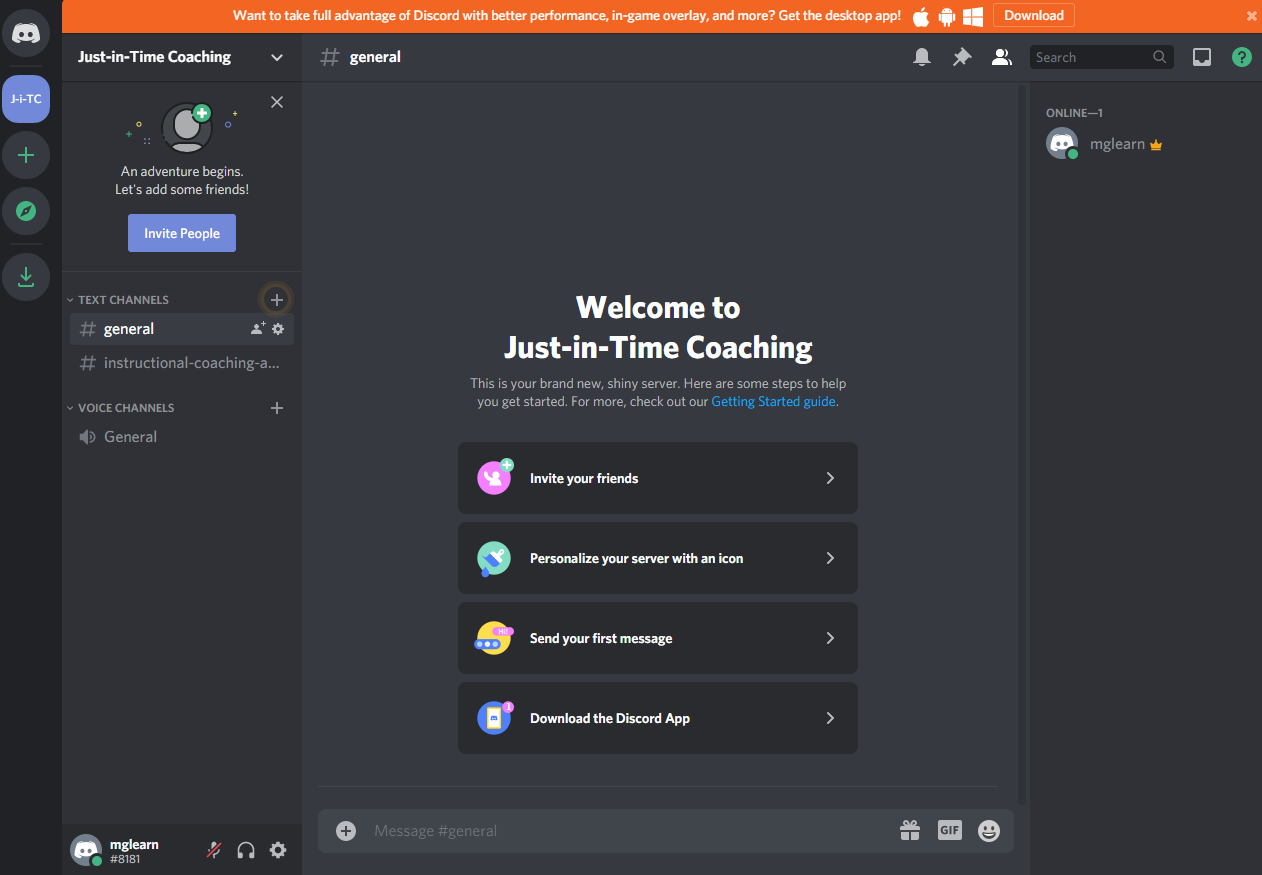

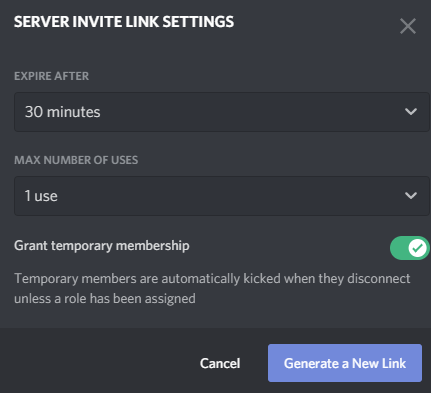

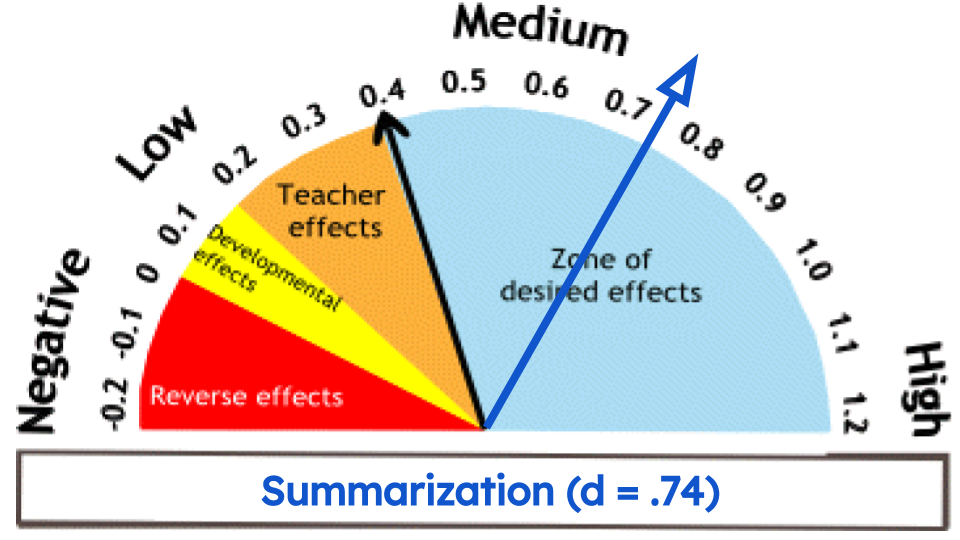
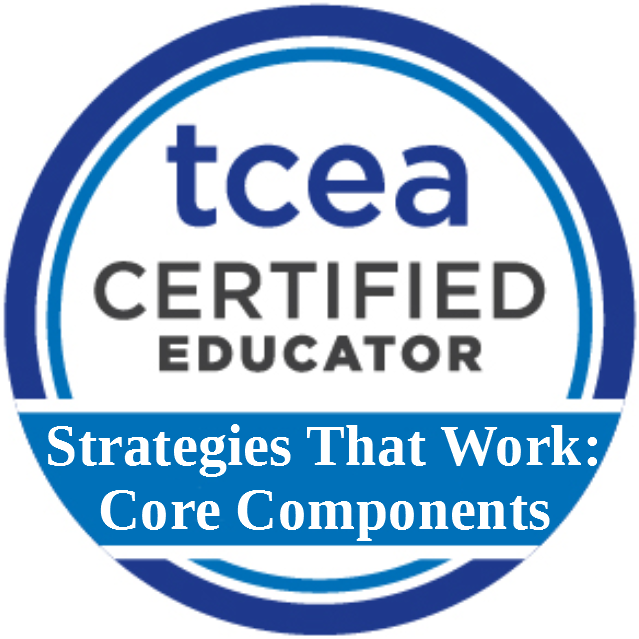 Did You Know?
Did You Know? 